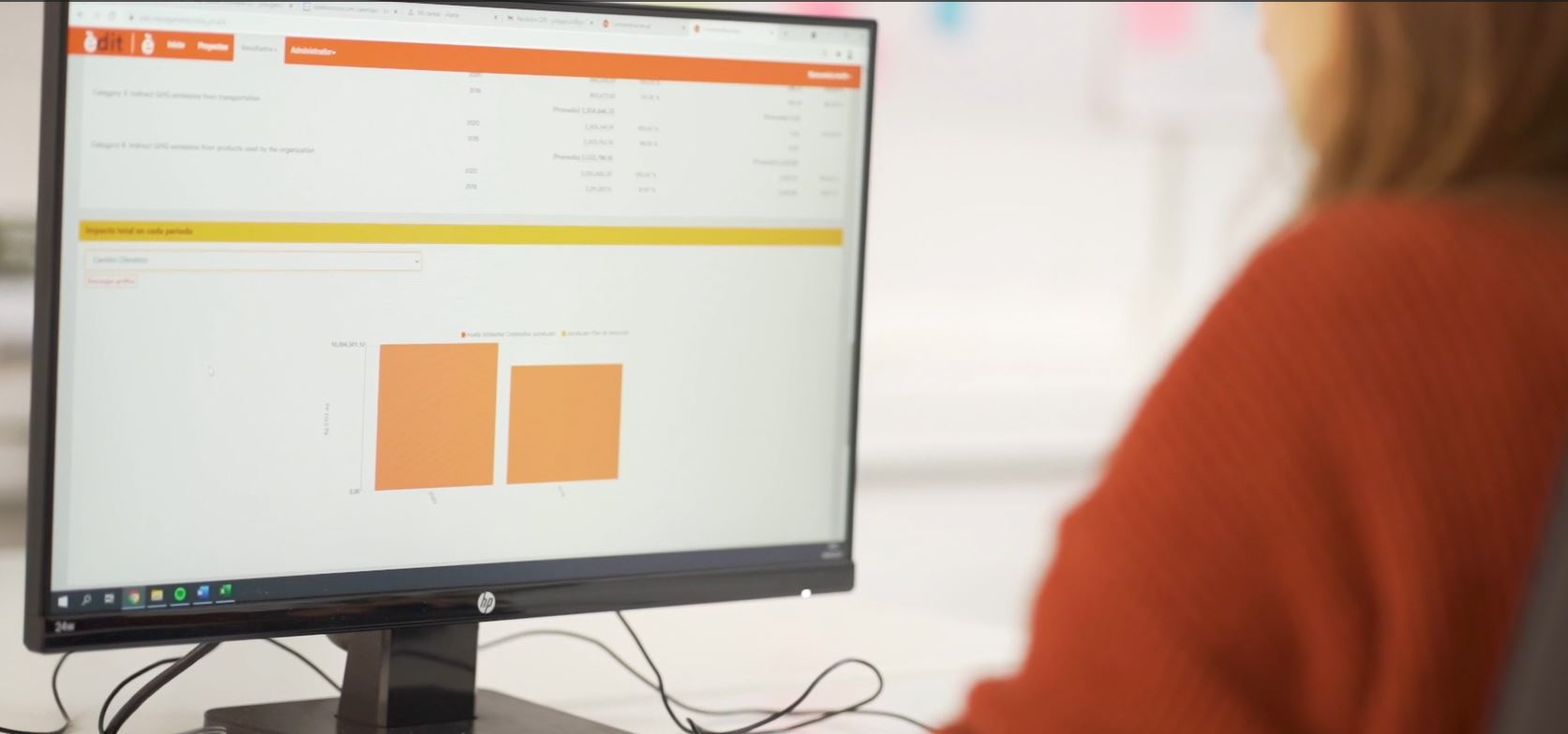
Prevention officer (in occupational safety)
Other denominations
Senior occupational safety technician
Description
Occupational safety prevention officers are responsible for applying occupational risk prevention policies at companies. The aim of occupational risk prevention is to prevent work-related risks that affect the health and safety of workers. The regulations on occupational risk prevention are set forth in Law 31/1995, of 8 November, on occupational risk prevention, and Royal Decree 39/1997, of 31 January, which sets out the Regulations for prevention services and all other associated services. The Regulations on Prevention Services define the qualifications required by and duties of the professionals who wish to work in occupational risk prevention, laying out four speciality areas at the senior level: occupational health, occupational safety, industrial hygiene and ergonomics and applied psychosociology. Each speciality area must be certified separately, although a single officer can work in more than one speciality area.
Tasks
The Regulations on Prevention Services set out the main duties of senior specialists and, although the duties are the same in the different speciality areas, the way in which they are applied varies significantly in each case. As such, occupational safety prevention officers:
- Promote the prevention of occupational risks across the board at the company, so that the policy of prevention is integrated into the organisation and everyone incorporates this concept into their position, from the operator and middle manager to the directors. Occupational risk prevention coordinates all of the operations performed at a company to eliminate or minimise work-related risks.
- Undertake the assessment of occupational risks at the company. Occupational risk assessments estimate the magnitude of the risks that exist at the company, depending on the likelihood of a hazard occurring and the severity of the potential consequences (minor, major or severe). Risk assessments take into account working conditions and workers' characteristics.
As part of the risk assessment process, senior technicians, depending on the type of assessment performed, establish measurement strategies to ensure that the results obtained reflect the reality and, furthermore, flexibly apply and interpret the assessment criteria. Occupational safety is, for example, concerned with the assessment of machinery or workspaces. - Propose measures to control and reduce risks. Once the occupational risk assessment has been completed, technicians propose measures to eliminate or reduce the occupational risks identified. These proposals may include:
Applying preventive measures at the source of the hazard, in other words, if they find that there is a risk of getting something caught in a machine, they fit a guard to eliminate this risk.
Organisational measures, which are put in place when the hazard is caused by poor organisation by the company.
Collective protection measures. When the risk affects a group of workers, they seek to apply collective measures such as, for example, regulating vehicle flow within a factory in which there is a lot of traffic of mechanical forklifts bearing goods.
Individual protective measures. Particularly where it is not possible to apply collective protective measures, establish measures for specific workers such as, for example, using protective goggles for jobs in which there is a risk of materials falling loose.
As part of the control actions, periodically check the working and organisational conditions to identify any substantial changes that may entail a health hazard for workers (e.g. changing the layout of the office, adding new machines, etc.). - Ensure compliance with the occupational risk control and reduction programme set out following the risk assessment and perform control and reduction tasks by planning the prevention work defined by the company. For example, control the lighting of workspaces when changes are made.
- Inform and train workers in relation to occupational safety. Companies have the obligation to offer information about the risks that exist in each position, as well as the risks at the company (e.g. fires, common areas, etc.). They are also responsible for training workers in occupational risk prevention in relation to their particular positions. For example, explaining how to operate a machine safely.
- Plan preventive action. The aim of preventive action is to eliminate, reduce and control occupational risks. Following the completion of the risk assessment, technicians establish the priority of the preventive actions to be applied depending on the most severe hazards, those which are most likely to occur and the number of workers they affect. For example, if they identify that there is a risk of the glass of an internal door breaking, they first flag this up and subsequently draw up a schedule for replacing it with shatterproof glass.
- Coordinate the actions performed in relation to emergencies and first aid. Companies must have a self-protection plan that sets out what type of emergencies might occur, what measures should be adopted in each case, and how the company should be organised in the case of an emergency. These technicians oversee the coordination and application of self-protection plans.










 | Catalan | Beginner
| Catalan | Beginner | Catalan | Advanced
| Catalan | Advanced
 Open
Open



 | Catalan | Beginner
| Catalan | Beginner


